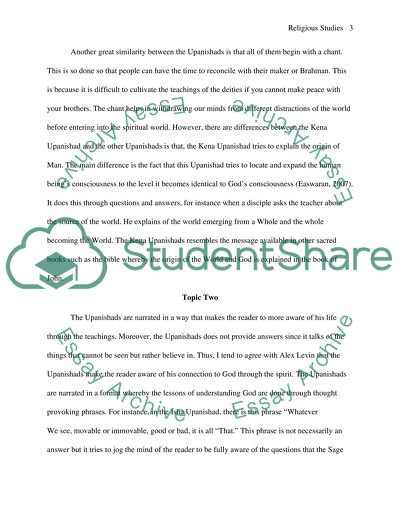Cite this document
(“Religion - The Upanishads Essay Example | Topics and Well Written Essays - 1250 words”, n.d.)
Retrieved from https://studentshare.org/religion-and-theology/1445532-the-upanishads
Retrieved from https://studentshare.org/religion-and-theology/1445532-the-upanishads
(Religion - The Upanishads Essay Example | Topics and Well Written Essays - 1250 Words)
https://studentshare.org/religion-and-theology/1445532-the-upanishads.
https://studentshare.org/religion-and-theology/1445532-the-upanishads.
“Religion - The Upanishads Essay Example | Topics and Well Written Essays - 1250 Words”, n.d. https://studentshare.org/religion-and-theology/1445532-the-upanishads.


